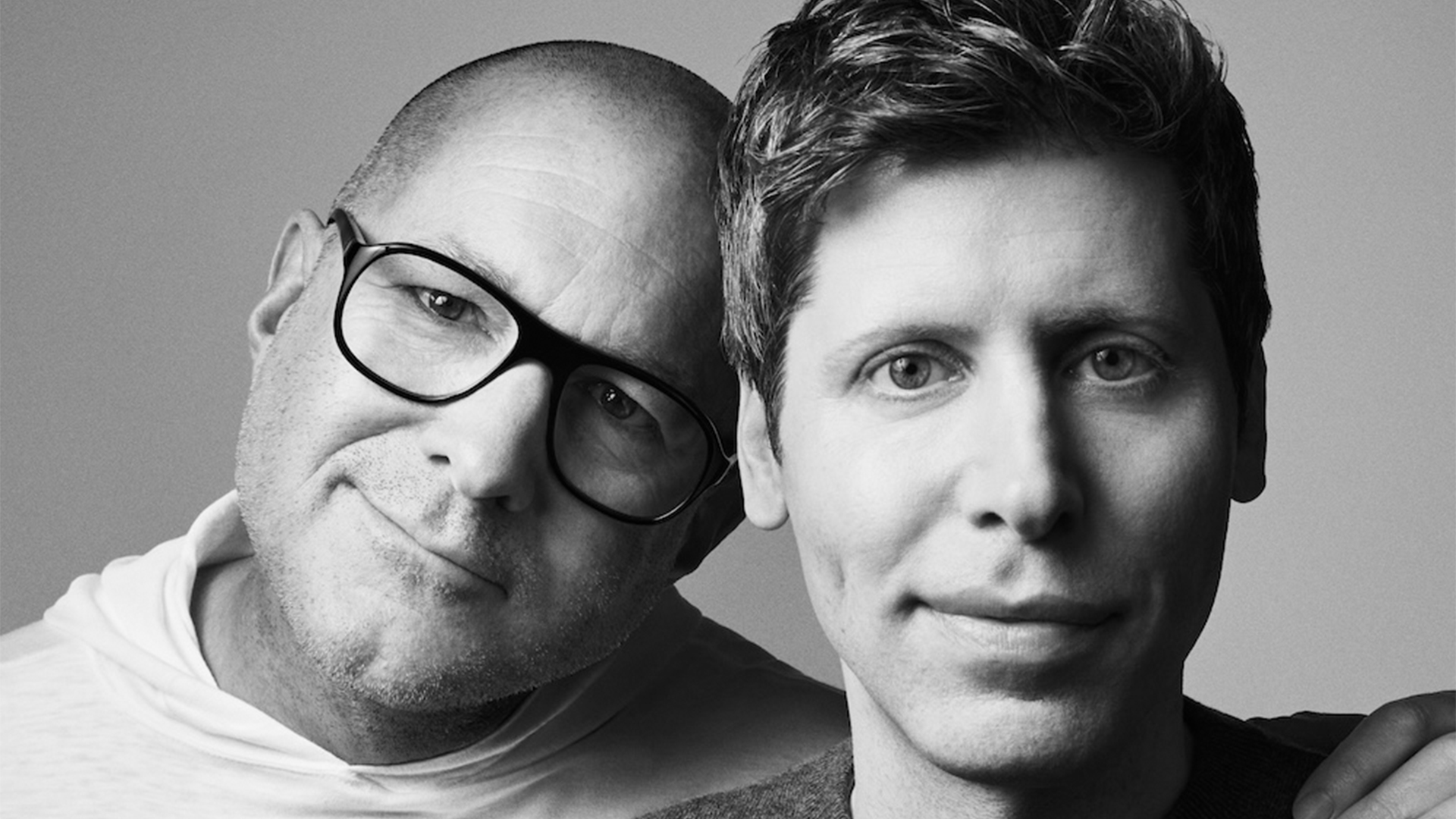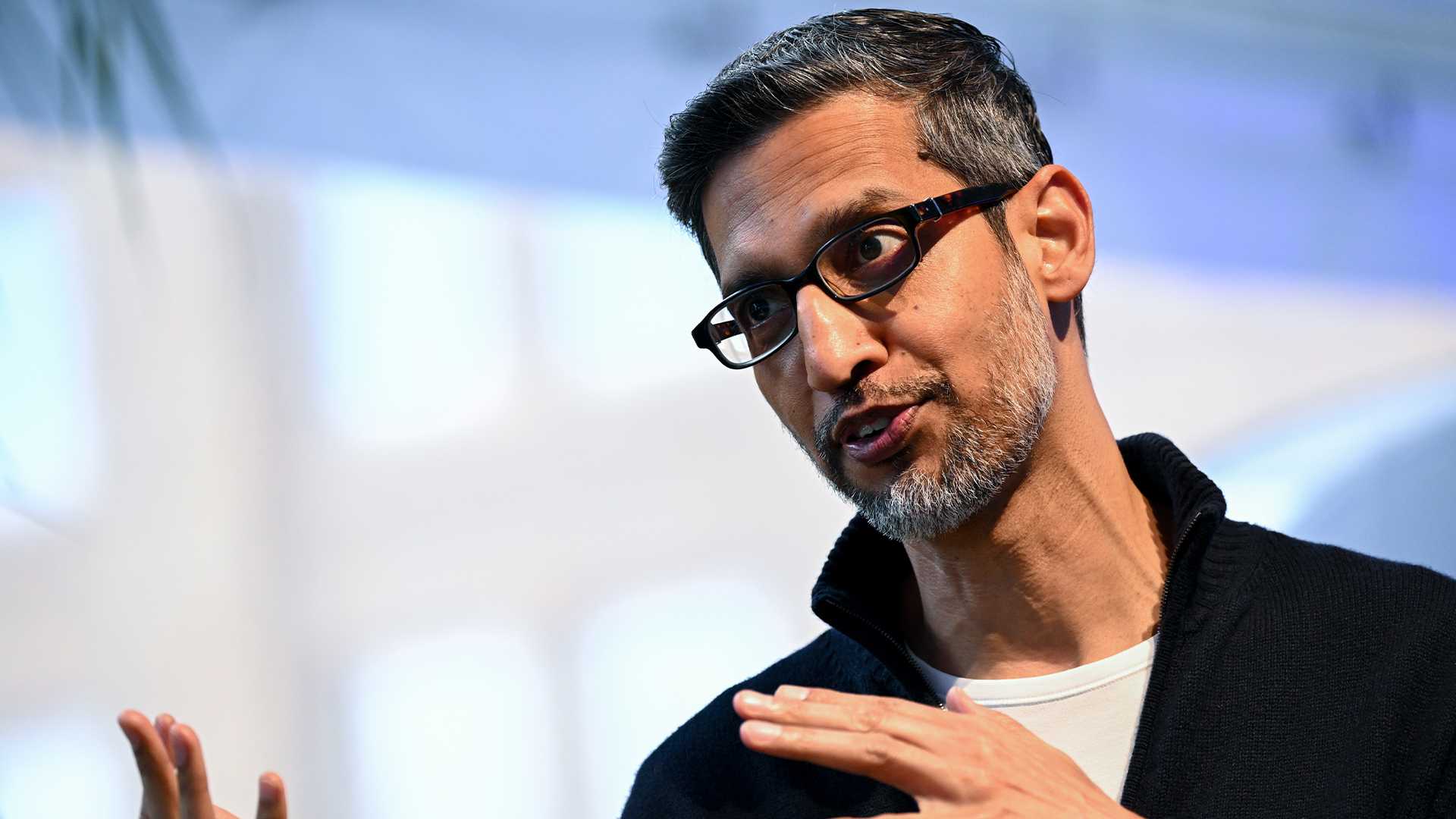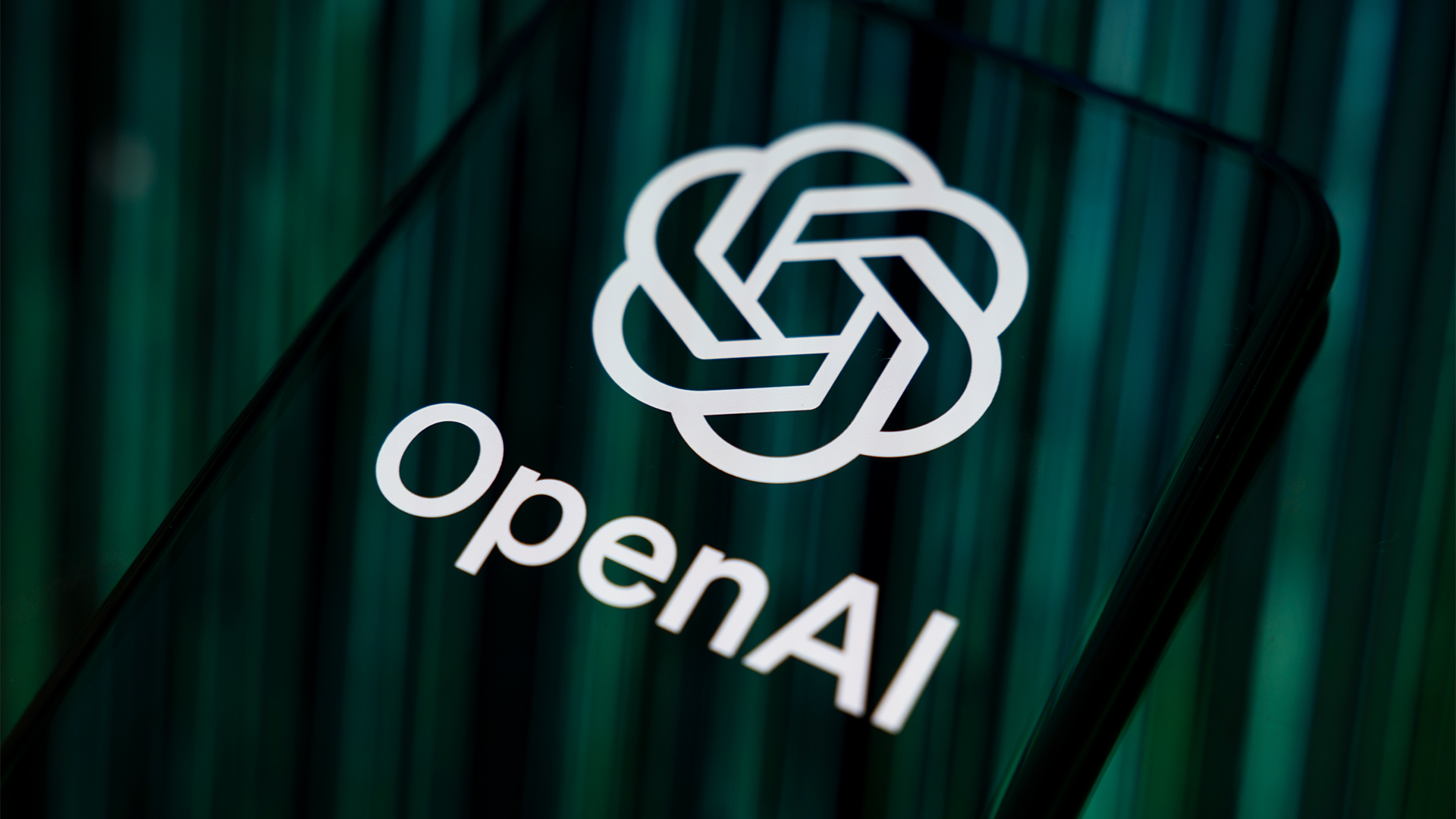OpenAI just made its first hardware acquisition with a deal for Jony Ive’s startup – but Altman's $6.4 billion moonshot is a huge risk
The designer behind Apple’s most iconic products will turn his efforts to OpenAI’s new hardware


OpenAI has announced it will acquire io Products, a hardware company founded by former Apple chief design officer Jony Ive.
The deal, reportedly worth $6.4 billion, will see io brought under OpenAI’s roof as the company pursues what CEO Sam Altman described as “a new generation of AI-powered computers” in a post on X.
Io was founded in 2024 by Ive, as well as former Apple design workers Scott Cannon, Evans Hankey, and Tang Tan as a subset of Ive’s firm, LoveFrom.
“The io team, focused on developing products that inspire, empower and enable, will now merge with OpenAI to work more intimately with the research, engineering and product teams in San Francisco,” OpenAI wrote, in its blog post on the announcement.
Its work to date has been entirely private, but in the video announcing the acquisition Ive said his team is intensely focused on one device in particular and that Altman has had hands-on experience with a prototype.
Altman said through io, OpenAI would create a “family of devices that would let people use AI to create all sorts of wonderful things”.
Those looking for more information will have to wait until 2026 for more details, with the announcement offering no further information on the ongoing design and development work.
Sign up today and you will receive a free copy of our Future Focus 2025 report - the leading guidance on AI, cybersecurity and other IT challenges as per 700+ senior executives
OpenAI is now valued at $300 billion, despite Altman’s repeated admissions that his firm is continuing to lose money on its products.
The firm will pay $5 billion using stock to acquire Io, with the rest covered by the 23% stake it already has in io.
According to the terms of the deal, Ive’s design collective LoveFrom will remain a separate company but continue to provide design advice to OpenAI.
“As io merges with OpenAI, Jony and LoveFrom will assume deep design and creative responsibilities across OpenAI and io,” OpenAI wrote.
OpenAI targets hardware to stay ahead of the curve
OpenAI has been rumored to be targeting its own in-house hardware for years, so this is a significant step toward realizing that long-term goal.
But reporting has largely focused on the potential for the AI firm to produce its own silicon, with an aim to reduce dependence on Nvidia for training and inference, a different proposition entirely to the kind of consumer-focused device implied by this Io deal.
It’s no real surprise that OpenAI has gone in this direction. Trying to design and manufacture one’s own silicon amid endless funding rounds is a far from easy feat.
Don’t forget that Apple, in the height of its consumer dominance, took well over a decade to get Apple silicon to a place where it could start replacing Intel chips across its device range.
On the other hand, some sort of handheld device – if that is indeed what Io has been working on – could be far easier to turn around in the next two to three years. Others have got there first, such as Rabbit R1, an Android device that draws on ChatGPT to perform mobile AI services.
As poorly-reviewed as the R1 is, there’s potential room for a similar, more effective device to take hold in the market. But OpenAI will have to work hard to make sure that whatever it does release is different enough from the kind of mobile AI experience already available on smartphones.
A business-oriented device could work better for these purposes – but frankly, it’s unlikely that this is what’s got Ive’s team so excited, nor what has Altman waxing lyrical about the future of computing.
The problem here is that OpenAI is still massively undefined as a company. Already a mainstay for many consumers, it hasn’t been able to transfer web traffic into profit and has been forced to release paid tiers of ChatGPT aimed at businesses to plug the hole its soaring compute costs continue to burn in its bottom line.
Time will tell what comes of this acquisition. But in repeatedly drawing a direct line to Ive’s biggest successes, the iPhone and Macbook, it’s set expectations high. It will get one shot to capture people’s attention in 2026; even Apple doesn’t get a second chance at first impressions, as we saw with the Vision Pro.
MORE FROM ITPRO

Rory Bathgate is Features and Multimedia Editor at ITPro, overseeing all in-depth content and case studies. He can also be found co-hosting the ITPro Podcast with Jane McCallion, swapping a keyboard for a microphone to discuss the latest learnings with thought leaders from across the tech sector.
In his free time, Rory enjoys photography, video editing, and good science fiction. After graduating from the University of Kent with a BA in English and American Literature, Rory undertook an MA in Eighteenth-Century Studies at King’s College London. He joined ITPro in 2022 as a graduate, following four years in student journalism. You can contact Rory at rory.bathgate@futurenet.com or on LinkedIn.
-
 Google CEO Sundar Pichai says vibe coding has made software development ‘exciting again’
Google CEO Sundar Pichai says vibe coding has made software development ‘exciting again’News Google CEO Sundar Pichai claims software development has become “exciting again” since the rise of vibe coding, but some devs are still on the fence about using AI to code.
-
 15-year-old revealed as key player in Scattered LAPSUS$ Hunters
15-year-old revealed as key player in Scattered LAPSUS$ HuntersNews 'Rey' says he's trying to leave Scattered LAPSUS$ Hunters and is prepared to cooperate with law enforcement
